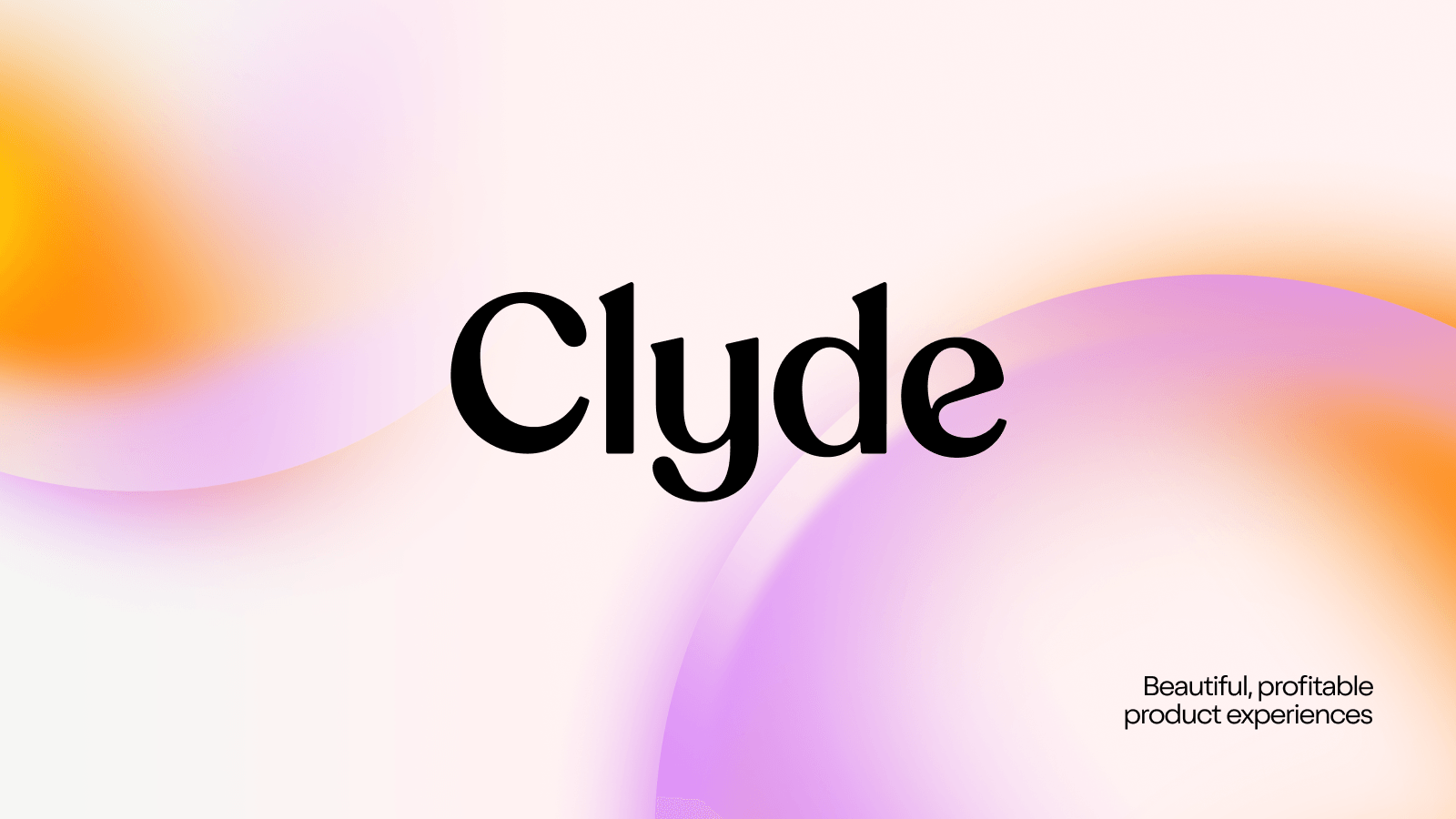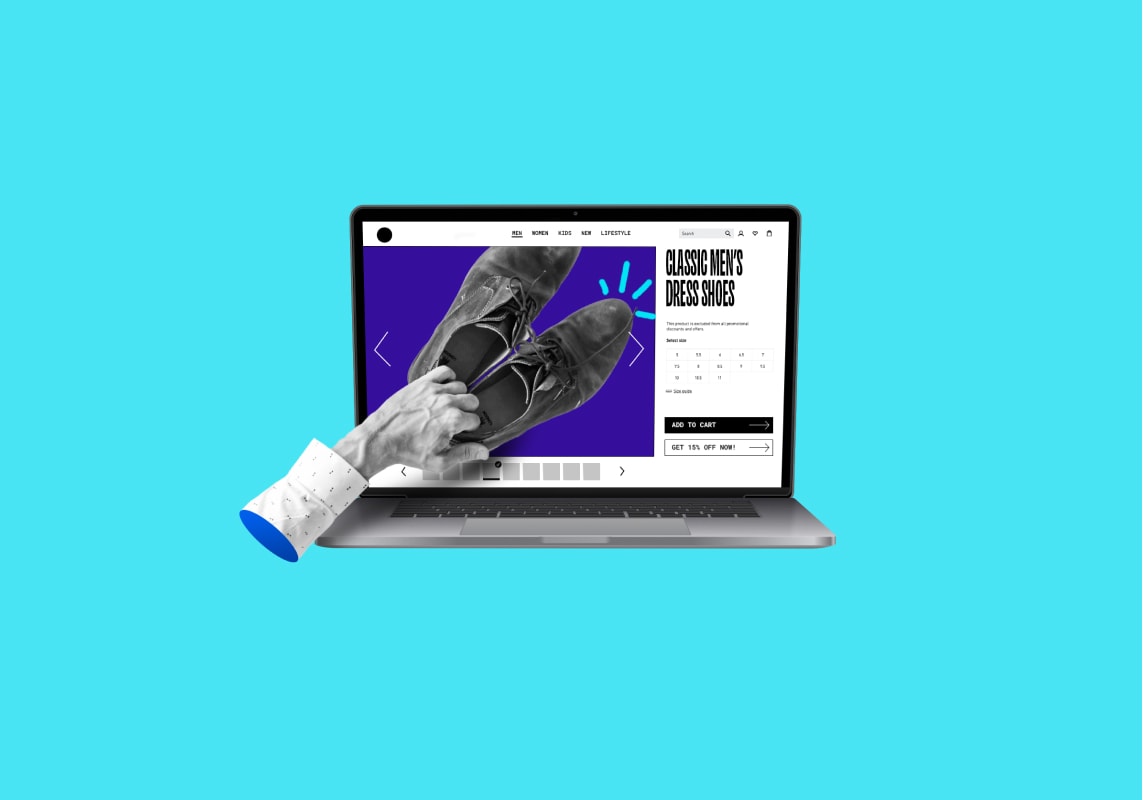2020 changed the way the world studies, works, communicates—and the way it shops.
As TechCrunch reported , the COVID-19 pandemic accelerated consumers shift to eCommerce by around five years. It sped up market saturation, demanded continued innovation, and, for certain categories and types of merchants, massively boosted sales. All of that change feels like an “unprecedented” event, and that’s how we all keep describing it .
But while we may not have predicted these changes to the global markets in the wake of the pandemic, we have seen "innovation bursts" before. The Industrial Revolution, for starters, was fueled by technological advancements and the loosening of economic and legal restrictions; the “Great Leap Forward,” was driven by the advancements in education and skills post-World War II; even the recent rise of the PC and the changes it brought to communication, productivity, and everyday life serves as another example of rapid innovation.
Non-incremental changes. Disruptions. Massive shifts in production, sales strategy, and consumer expectations—they've happened before and they'll happen again. The question is, "What will those changes look like in 2021 and how can merchants prepare?" Here are the six e-commerce trends we expect to see in 2021.
Trend 1: Free shipping isn’t enough
This trend is a two-parter.
First, offering free shipping is no longer a differentiator. A National Retail Federation report found that customers are increasingly expecting free delivery of online orders, with 75% of consumers demanding it and nearly 30% backing out of a purchase because two-day shipping wasn’t free.
Call it the Amazon effect if you wish, but it exists. During a pandemic year of brown cardboard boxes showing up on front porches and in apartment lobbies like clockwork, consumers have only come to expect that shipping is easy and free.
Second, merchants can no longer differentiate themselves with free shipping, which means that they’re getting creative on the "customer experience" side of things. From the growing popularity of unboxing videos , which provide companies with highly valuable social marketing and virality potential to dynamic and downright pretty packaging, brands have a chance to lean in and capture valuable audience attention and free word-of-mouth advertising with well-designed packaging.
Beyoncé’s Ivy Park line led the way in viral unboxing in 2021, with the bright-orange wardrobe boxes received—and immediately posted about—by celebrities, influencers, and activists:
You don’t need Beyoncé money to make a splash—cute, colorful packaging is enough to get everyday consumers excited, like for the thousands of people excited to post their bright-green HelloFresh boxes each week:
Trend 2: Higher consumer expectations for creativity and branding
If I were to tell you about a new B2C startup selling literally anything—be it exercise tools, or shampoo, or sunglasses—what do you think their branding would look like? If you guessed soft, pastel colors, sans-serif fonts, a proliferation of houseplants, clean lines, and minimalistic ad campaigns, you’ve nailed it. Call it the minimalistic aesthetic of lifestyle startups or simply the millennial aesthetic , but one thing is clear: the same fonts, color schemes and product designs are growing stale and alienating consumers who are sick of looking at glossy branding and wondering if the product beneath it is worth their money.
That’s especially important since consumers are increasingly going to marketplaces like Amazon, Instacart, Walmart, and eBay to do their shopping. Instead of buyers going to a brand directly to choose their purchases, they’re going to the digital equivalent of the mall, where all products compete directly against their competitors, meaning that branding is one of their only chances to stand out.
Even the CIA is drawing heat for being part of the flashy-new-branding-but-no-better-product-or-culture crew:
That’s not to say that it’s impossible to move the needle with branding, though.
Haus’ locally-made apértifs and the luxe-but-real brand they’ve built around themselves is getting lots of love, proving that it’s possible to have a sleek aesthetic but still come across as authentic:
Trend 3: More competition from big players that were traditionally focused on retail markets
Fast-fashion giant Zara closed 1,200 stores , but that doesn’t mean they’re not selling to those markets. Inditex, which owns Zara, told the WSJ that it’s closing stores where they think they can successfully shift sales online, with a plan to recoup the profit lost by the closings.
That might be a great thing for consumers, who can now get funkily-cut sweaters from the comfort of their own home, but it represents a huge shift in competition for smaller retailers. As big brands like Zara are pouring money into improving their e-commerce offerings, from doubling down on UX integrations, restructuring pages in line with SEO best practices, and launching digital marketing campaigns, smaller merchants will have to keep innovating to stay alive. After all, Zara alone is investing $1 billion into its e-commerce platform in the next three years.
An example of how smaller brands can stay competitive is Equal Parts. With Le Creuset barreling into e-commerce after 94 years of wholesale success, how does a smaller cookware competitor stay relevant? With a text-based culinary coach that comes for free with a cookware purchase.
Trend 4: Customer service and support is more important than ever
With customer acquisition costs rising faster than you or I can say AdWords, it’s vital that when a company does manage to win a new customer, they keep them.
Not to mention the outsized risk of bad experiences spreading through social media posts and online reviews that could taint your brand and ruin your shot of successfully upselling a customer.
Per Payscale , salaries for experienced customer support professionals are trending upwards, and the increased importance of offering a great customer experience should only see those numbers rise.
On a related note, we also expect to see the importance of understanding the customer experience to impact other departments, with CS team members taking on outsized roles in teaching other employees about who their customers really are (including the proliferation of rotational programs). Gainsight, which makes customer success software, wrote in their Guide to Customer Success that CS is the driving force behind innovation. CS teams help their product teams know what tools users really want and need. They assist the marketing team by helping them bring in the right kinds of leads, which ultimately helps sales effectively position their product and hone their pitch.
In 2021, brands in every industry will offer loyalty programs and other incentives to keep customers happy and plugged in to their product evolution.
Trend 5: Resale niches will keep growing, driven by eco-consumerism
With skyrocketing unemployment and growing consciousness of environmental issues, including those plaguing the fashion industry, what’s a stylish consumer to do?
Well, turn to the luxury resale market. The well-known consignment site The RealReal saw a 27% increase in consignors in the second half of 2020, even as buyers were steering clear of officewear and instead buying gently-used loungewear, sunglasses, and silk scarves.
OneZero reported that the demand for refurbished tech products skyrocketed last year, thanks to its ability to provide functional equipment without the sticker stock of brand-new tech, while an inability to buy (or even source, with supply-chain interruptions) new tech made people more interested in repairing what they already have.
We expect to see all the refurbished and resale markets explode across all eCommerce niches, with more and more brands running their own program versus losing those sales to other marketplaces.
Trend 6: Advertising landscape is shifting
Remember the memes about every single tech company deciding its platform needed a version of in-the-moment disappearing images and videos? First there was Snapchat, built around the concept, then Instagram followed suit, and then everyone else fell in line, from Facebook to Pinterest to YouTube to even LinkedIn?
Here’s a meme to jog your memory:
Pick your poison between TikTok, IGTV, Reels, Fleets and the other dozens of options, sure, but you’ve got to pick at least one. TikTok, Instagram, and Snapchat all topped data consulting company Kantar’s 2020 report on media effectiveness, beating out traditional online advertising destinations like YouTube and Facebook. The report highlights "gamified" media formats, like brand-sponsored hashtag challenges, that drive the positive customer experience of ads on TikTok.
New channels are coming on the scene, too, from smart TVs to in-app purchasing options across the messaging app of your choice. Marketing departments will have to expand beyond the classics of email and text marketing to stay current and to reach their intended audience where they are.
In summary: It’s a brave new world
And we’re all here trying to figure it out. Who knows what the social unrest, pandemic, and political instability of 2021 will look like over the coming months, or how the rest of the shifts in the eCommerce market will play out. What we do know is that innovation continually rewrites the future, and that we expect these six trends to play a part in the coming story.
SIGN UP FOR OUR NEWSLETTER












